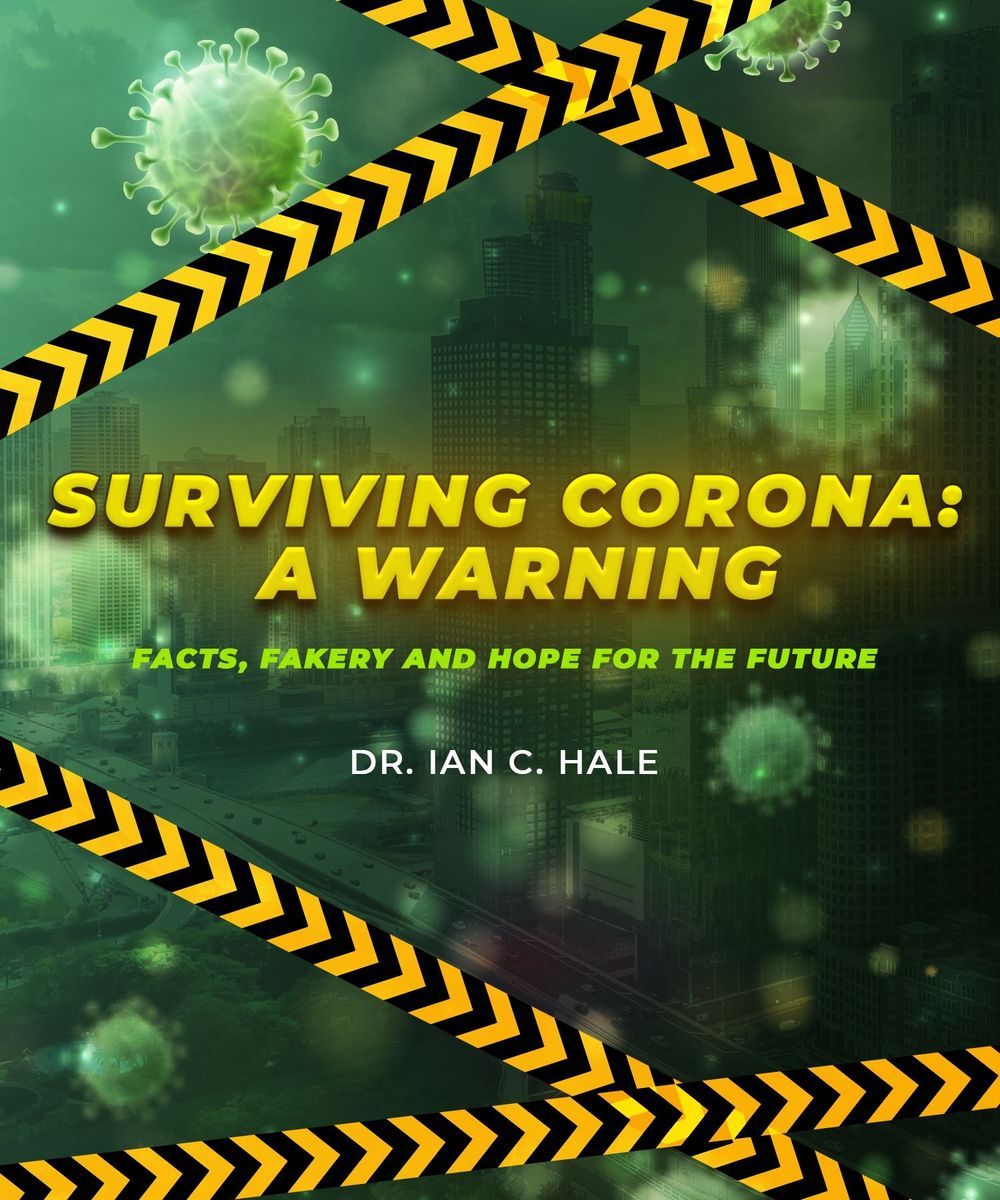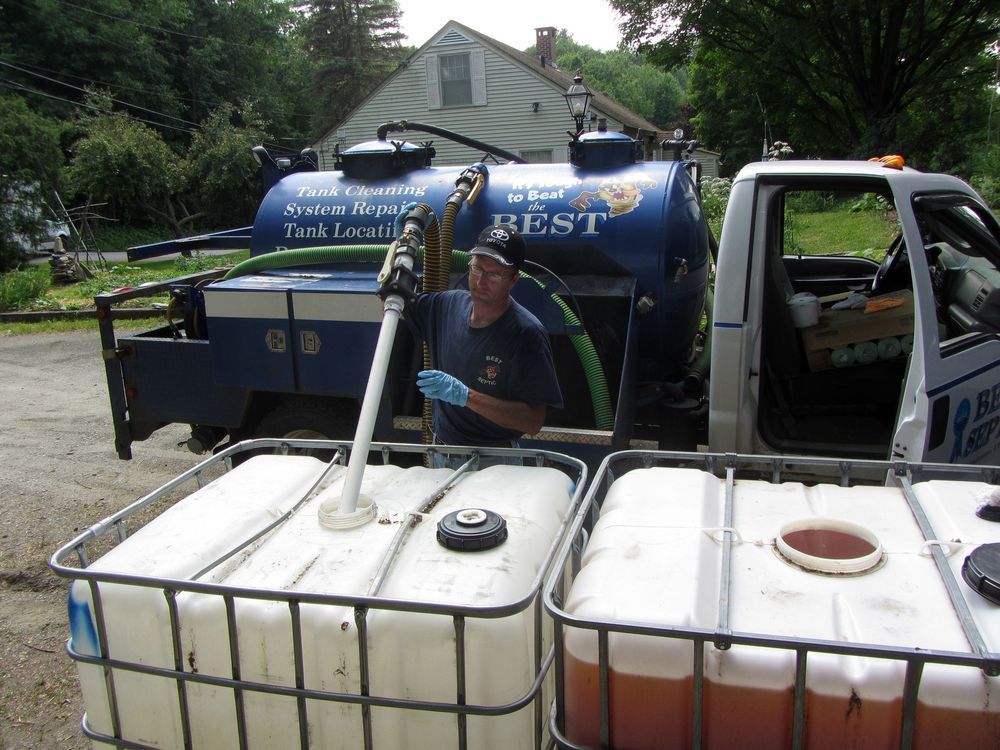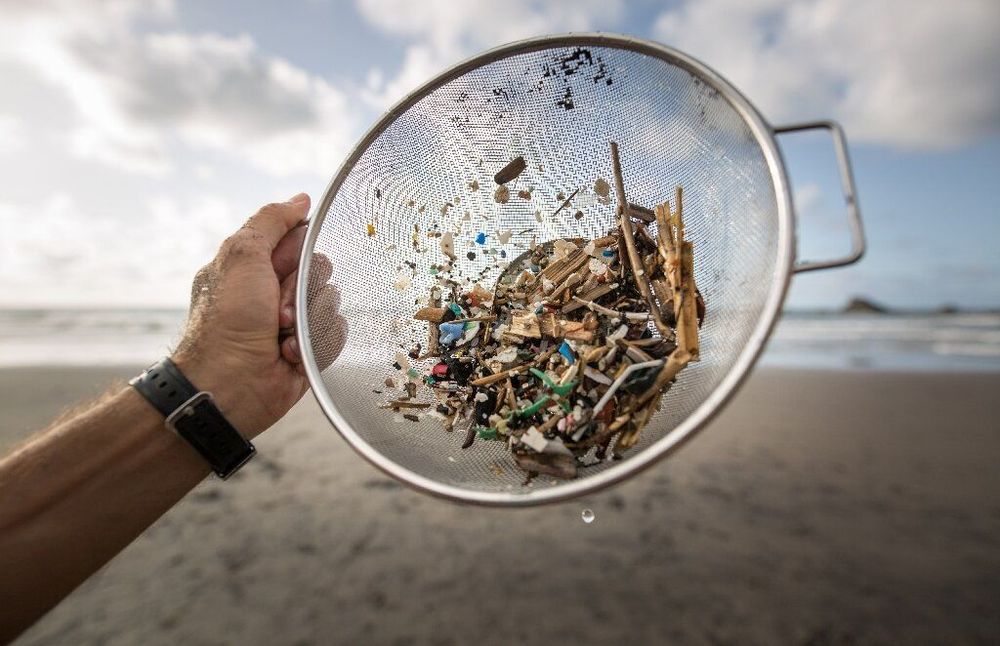The discovery is being used to make a drug for potential therapeutic and preventive use against COVID-19.


A cafe in Dubai has opened up that is operated by robots, this is what it looks like. 🤖.

In this brief, at times controversial— even radical—volume. Dr. Ian C. Hale guides us through likely scenarios and gives us life-saving recommendations for effectively dealing with the next waves of the COVID-19 pandemic. This is a must read for public policy makers, medical professionals, and those mapping out their financial future in the post-corona world.

SpaceX launched 60 Starlink satellites atop a Falcon 9 rocket from Pad 39A at NASA’s Kennedy Space Center in Florida on Oct. 6, 2020. The private spaceflight company has now launched well over 700 of these internet-providing satellites into orbit. [SpaceX launches 60 Starlink satellites and lands rocket at sea](https://www.space.com/spacex-starlink-12-internet-satellites-launch)
Credit: SpaceX
Circa 2015
First we kick them, then we give them the tools they need to destroy all of humanity. Good job, us.
Scientists in China have invented a liquid metal that can shape-shift and propel itself around a course all by itself.
Made from a metal alloy containing mostly gallium — a metal that melts down to liquid form at just below 30 degrees Celsius — the world’s “first self-fuelled liquid metal motor” can get about an hour’s worth of movement out of a single flake of aluminium.

Ramping Up
Johnson announced that the U.K. would invest about £160 million ($207 million) that will go toward factories that would develop new turbines as well as floating offshore turbines themselves. In order to power every home in the U.K., those turbines would need to generate about 40 GW of power, Engadget reports. That’s four times the nation’s current wind energy output.
“Your kettle, your washing machine, your cooker, your heating, your plug-in electric vehicle, the whole lot of them will get their juice cleanly and without guilt from the breezes that blow around these islands,” Johnson announced at the U.K. Conservative party conference.

Circa 2009
Whizz electrocatalyst frees the hydrogen from ‘liquid gold’
US researchers have developed an efficient way of producing hydrogen from urine — a feat that could not only fuel the cars of the future, but could also help clean up municipal wastewater.
Using hydrogen to power cars has become an increasingly attractive transportation fuel, as the only emission produced is water — but a major stumbling block is the lack of a cheap, renewable source of the fuel. Gerardine Botte of Ohio University may now have found the answer, using an electrolytic approach to produce hydrogen from urine — the most abundant waste on Earth — at a fraction of the cost of producing hydrogen from water.


Circa 2016
Scientists from a Belgian university have built a solar-powered machine that can turn urine into drinkable water. They deployed it at a 10-day music and theater festival in central Ghent, Belgium. The experiment was a success as the scientists were able to recover a 1,000 litres of unconsumed water, which will be used to make Belgian beer, from the urine of several partygoers.

The world’s sea floor is littered with an estimated 14 million tonnes of microplastics, broken down from the masses of rubbish entering the oceans every year, according to Australia’s national science agency.
The quantity of the tiny pollutants was 25 times greater than previous localised studies had shown, the agency said, calling it the first global estimate of sea-floor microplastics.
Researchers at the agency, known as CSIRO, used a robotic submarine to collect samples from sites up to 3,000 metres (9,850 feet) deep, off the South Australian coast.